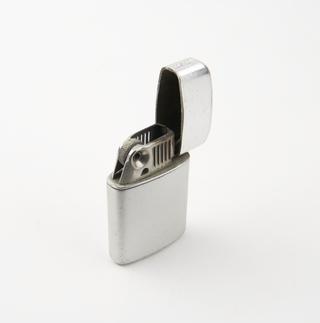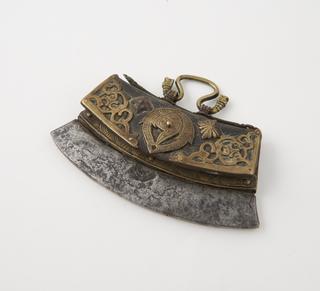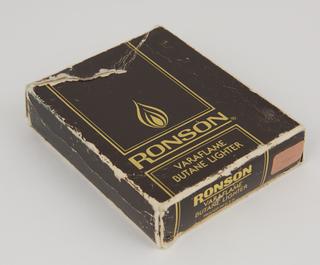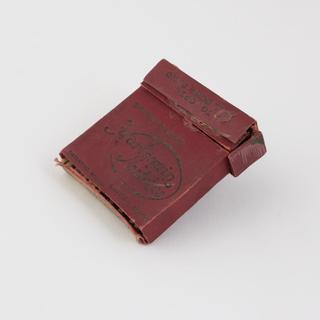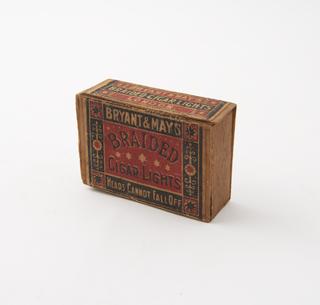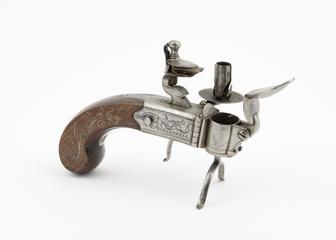
Fire-piston, Philippine Islands
- Made:
- Philippines
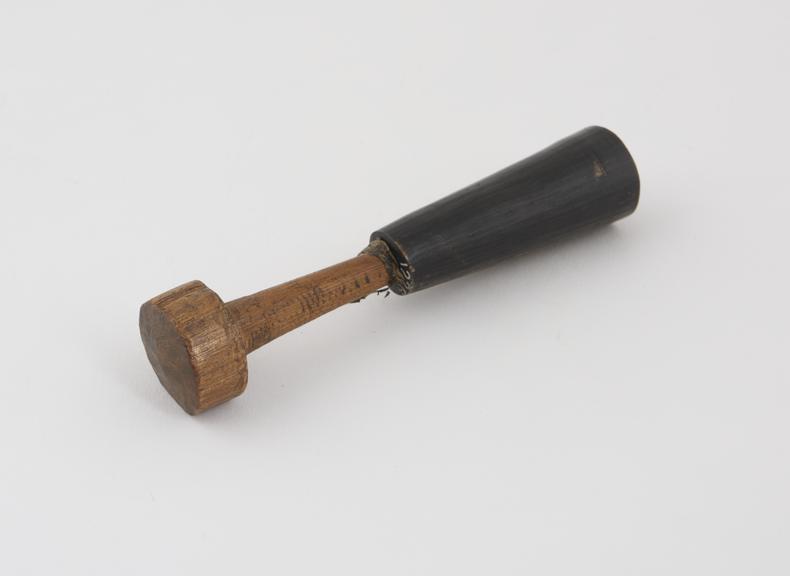
Fire-piston, consisting of a cylinder of black horn and a piston of hard wood, collected by John Whitehead on the Philippine Islands, 1893-1896
Humans have throughout history used different techniques and tools to create life-sustaining fires. Invented in Southeast Asia and the Pacific Islands, fire pistons or syringes work by the compression of air. When exactly this method originated is unclear, but it is assumed to be prehistoric. Fire pistons consist of a hollow cylinder made of wood, bamboo, animal horns, antlers, or metal. Tinder is placed in the tube and a piston with an airtight seal is rapidly pushed into it. The air inside the cylinder is compressed and the pressure and temperature are increased until the tinder combusts. The same principle is used in a diesel engine to ignite fuel in a cylinder. Its inventor Rudolf Diesel got the idea for his design from observing the use of a Southeast Asian fire piston.
This model from the Philippines is made of black horn and wood. It was collected by John Whitehead, a British naturalist and explorer, who in the late 19th-century gathered natural history specimens to bring back to the British Empire. Tracing the objects’ provenance is difficult and part of a long and problematic tradition of colonial exploitation. Fire pistons were patented in France and England in 1807. They are said to have developed independently and not based on their predecessors from Southeast Asia and the Pacific Islands, but this is heavily debated.
This object is part of the Bryant and May fire-making collection, which used to be displayed in a private museum within the Bryant and May match-making factory’s offices. The collection comprises around 1200 objects, dating from the Stone Age to the early 20th century that illustrate the variety of tools and techniques humans across the world have used to create fires.
Details
- Category:
- Firemaking
- Object Number:
- 1937-682/1226
- Measurements:
-
overall: 63.5 mm
- type:
- fire-piston
- credit:
- Wilkinson Sword Ltd.
